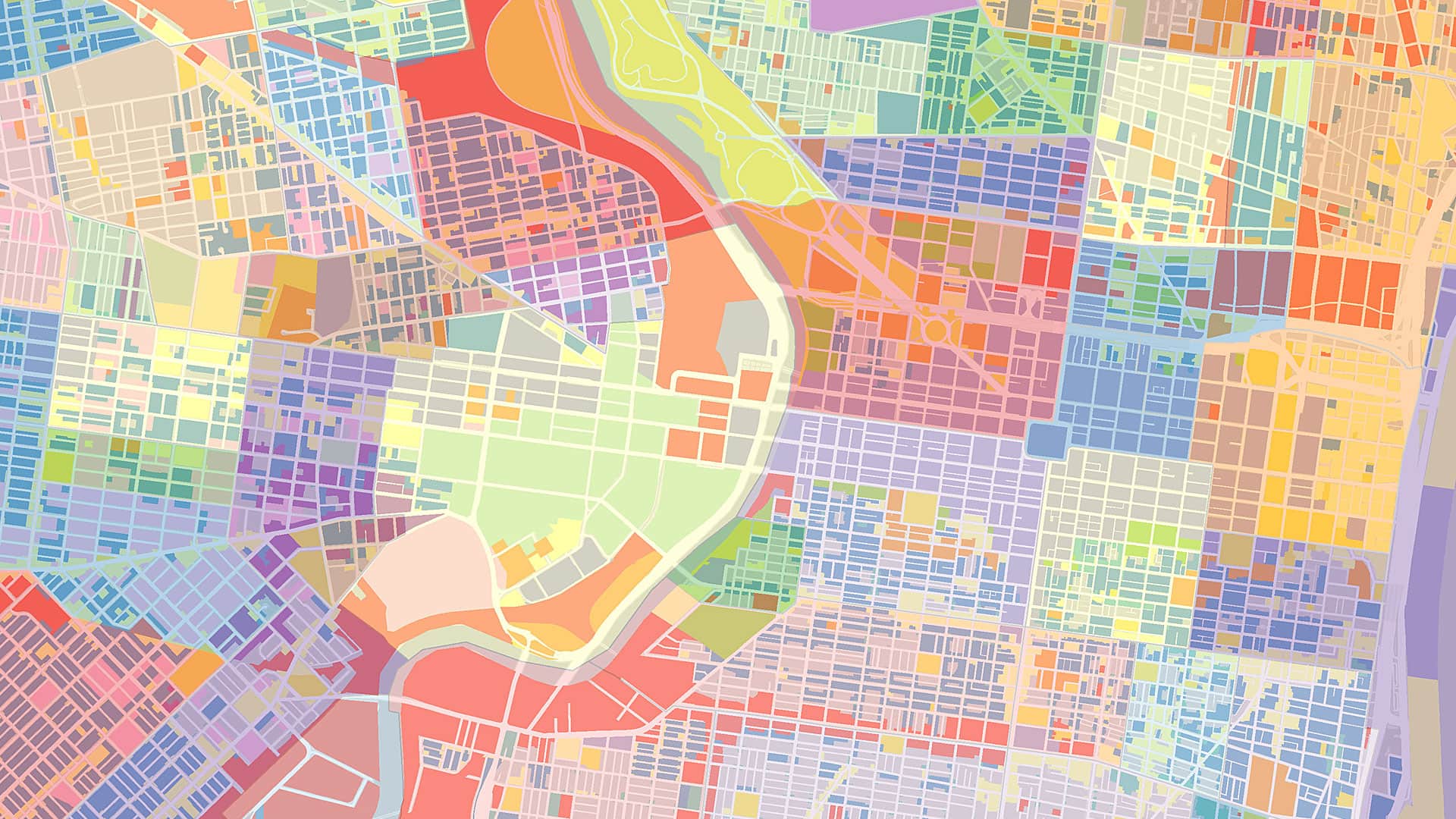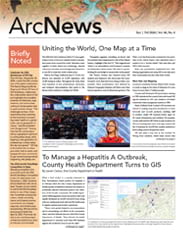Changes in the practice of GIS and the growth of the geospatial services industry are driving demand for job candidates who have geocomputational skills—expertise that exists at the intersection of geography and computing.
For the GIS jobs that are available today, being able to think critically in the fields of geography and computing is essential. Members of the GIS workforce must be able to understand and interpret spatial relationships, patterns, and processes, as well as break problems down into simple steps that can be used to instruct a computer. When employed together, these crucial skills allow for the efficient analysis and interpretation of complex geospatial data.
But there currently aren’t enough professionals who have both skill sets. Increasing the supply of people with geocomputational expertise calls for gaining a deeper understanding of the educational and training opportunities available to current and future members of the GIS workforce that allow them to acquire knowledge and skills in both geography and computing.

The Encoding Geography Research Practice Partnership (RPP) is working on this issue. It is a collaborative effort among Southern California middle and high schools, community colleges, and universities—including San Diego State University; the University of California, Riverside; San Diego Mesa College; and Sweetwater Union High School District—and supporting stakeholder organizations such as the American Association of Geographers (AAG), the National Center for Research in Geography Education, Texas State University, and the California Geographic Alliance. The RPP is a National Science Foundation-funded research project (under grants 2031407, 2031418, and 2031380) that seeks to encourage and prepare students to enter geocomputational fields.
In 2022, the RPP conducted a survey of 140 professionals working in the geospatial technology industry to articulate existing pathways to geocomputational professions. The survey also sought to identify gaps in knowledge, skills, and training needs and uncover opportunities among professionals of different backgrounds.
The survey categorized respondents into four educational pathways based on their university degree backgrounds: geography only; computing only; a combination of geography and computing; and disciplines that are not directly related to geography or computing, such as engineering and earth sciences. The results showed that, while having a geography degree only was the most common pathway to a career in the geospatial technology industry, many people enter the field through various other disciplines.
Unsurprisingly, respondents with an education in computing—whether it is computing alone or the combination of geography and computing—demonstrated greater familiarity and more frequent use of computational and geocomputational thinking than those without a computing background. In contrast, geographic and spatial thinking skills appeared to be more prevalent across all educational pathways. Given that all respondents are employed in the geospatial technology industry, this result makes sense and confirms the prevalence of GIS in education. Additionally, respondents with degrees in something other than geography or computer science tend to be less familiar with geographic or computational thinking and use these skills less frequently.
Most respondents believed that they would benefit from additional training in computational thinking, geographic thinking, and the integration of both. One respondent who studied geography described a geocomputational task that they had recently completed and noted, “I had no background in coding whatsoever, and I would have had a very difficult time completing the task without the training of my knowledgeable supervisor.” Another respondent, who had a background in geocomputational studies, said they believed that many students arrive in the GIS ecosystem via other disciplines such as biology, health, and environmental science. “GIS is just an enabler for some other problem they are trying to solve—but making yet another jump to [computer science] is where the real power is,” they said.
Although many respondents indicated that they have some access to training or professional development opportunities related to these critical-thinking skills, a considerable number reported a lack of access to these kinds of opportunities. In particular, respondents with an educational pathway that included both geography and computing were more likely to indicate having no access to training in geographic or spatial critical-thinking skills, even though they use tools and knowledge related to geospatial topics in their professional work.
This implies that professionals with backgrounds in geocomputation recognize the value of geographic and spatial critical thinking and want to participate in additional training to deepen their understanding. However, such opportunities remain limited after graduation. This also underscores a broader issue: the need to incorporate these critical-thinking skills earlier in educational pathways, ensuring that people develop foundational skills well before they enter the workforce.
This result further indicates that professionals appreciate the benefits of using geospatial tools and are eager to learn how to employ them, even without formal training. That said, using geospatial data and tools without adequate training in geographic and spatial critical thinking raises concerns that should be addressed by expanding access to this type of geographic education. Similarly, the use of computational tools—including emerging AI techniques—without knowledge of and training in these topics is another concern, given the complexities and sensitivities associated with geospatial data.
Lastly, findings from the study also reflected reported gender and racial biases in the technology industry and criticisms about a dearth of diversity in the geography discipline. For instance, respondents who only studied computing were more likely to note a lack of racial and ethnic diversity among their coworkers. Male respondents reported using computational and geocomputational thinking at work more frequently than female respondents. Additionally, white respondents reported using geographic and spatial thinking more often and were more familiar with the term compared to other respondents.
The Encoding Geography RPP study reemphasizes the need to establish inclusive and diverse geocomputational training and degree programs to ensure that members of tomorrow’s workforce gain robust instruction in geographic and spatial critical thinking within the geography and computing disciplines. To achieve these goals, it will be essential to develop targeted initiatives and engage in collaborative efforts.
As part of its endeavor to improve geocomputational employment and preparation, in 2023 the RPP provided professional development workshops in which educators from community colleges and K–12 schools met with university professors and geocomputation professionals to get help with incorporating more geographic or computing content into their curriculum. In addition to encouraging the collaborative creation of geocomputational curriculum, the RPP promoted the enhancement of geocomputational thinking by providing K–12 students the opportunity to participate in research projects, academic conferences, and hackathon events that revolved around using big data. Educators are now implementing the curricula in their classrooms, and the collaboration is ongoing.
Among all levels of educational and work experiences, more integrated geospatial and computational training is needed, whether through collaboratively developed formal education, online courses, or other means. With ever-increasing innovations in technology and interoperability, only a GIS workforce with strong geocomputational skills can face the challenges ahead.



